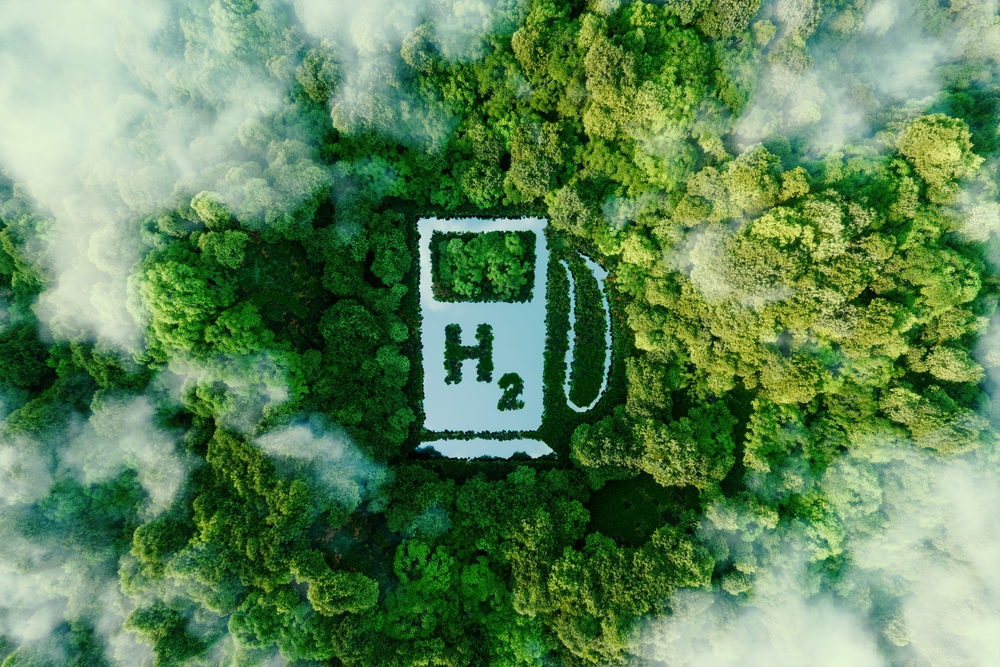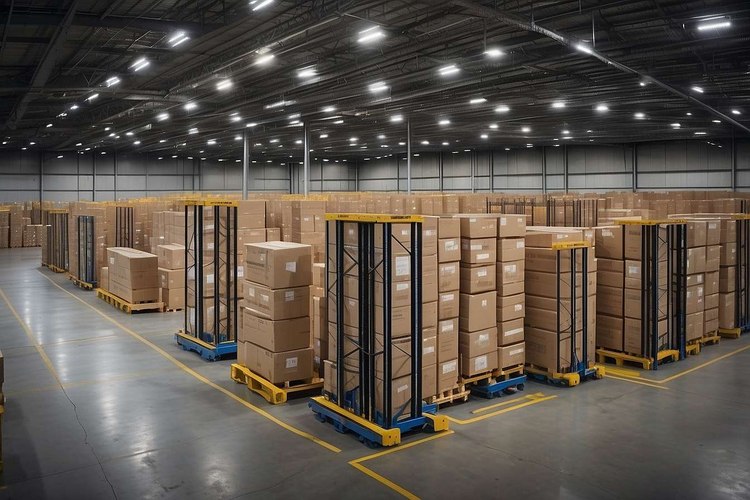Unveiling the Potential of Hydrogen Fuel Cell Vehicles: An In-depth Look
Imagine driving a car that only emits water vapor as exhaust. Yes, you heard it right. Welcome to the world of Hydrogen Fuel Cell Vehicles (HFCVs)—the future of sustainable transportation. In this article, we'll delve into the history and technology behind HFCVs, their current trends in the industry, and the impact they are set to have on our driving future.

The Birth and Growth of Hydrogen Fuel Cell Vehicles
The concept of HFCVs might seem like a recent development, but the technology has been around for over a century. In the early 1800s, scientist Sir William Robert Grove invented the first fuel cell. Fast forward to the 1960s, General Motors showcased the ‘Electrovan’, the first hydrogen fuel cell vehicle. However, it was not until the 21st century that these vehicles started gaining traction. Today, with environmental concerns taking center stage, HFCVs are poised to redefine the future of motoring.
The Science Behind Hydrogen Fuel Cell Vehicles
The heart of an HFCV is the fuel cell stack, which combines hydrogen from the vehicle’s fuel tank and oxygen from the air to generate electricity. This electricity then powers the vehicle’s motor, providing a zero-emission driving experience. The only by-product of this process? Water vapor. This technology allows for a clean, efficient, and quiet ride, making HFCVs an attractive alternative to conventional vehicles.
Current Trends and Future Outlook
The last few years have seen major automakers like Toyota, Hyundai, and Honda take significant strides in HFCV technology, rolling out vehicles like the Mirai, Nexo, and Clarity, respectively. Furthermore, governments worldwide are investing heavily in hydrogen infrastructure, signaling a growing acceptance of HFCVs. Although still in its infancy, the HFCV market is projected to grow massively in the next decade as consumers and policymakers alike search for greener transportation solutions.
The Impact of Hydrogen Fuel Cell Vehicles
HFCVs hold the promise of a sustainable transportation future, with potential benefits like reduced greenhouse gas emissions, increased energy security, and improved air quality. However, they also face significant challenges, such as the lack of hydrogen refueling infrastructure and the high costs associated with the technology. Overcoming these hurdles will be critical to the widespread adoption of HFCVs.
Conclusion
Hydrogen Fuel Cell Vehicles are more than just a concept—they’re a reality, and they’re here to stay. As we grapple with the pressing need for sustainable transportation, HFCVs present a compelling solution. With their potential to revolutionize the automotive industry, these vehicles may just be the driving force of the future.




